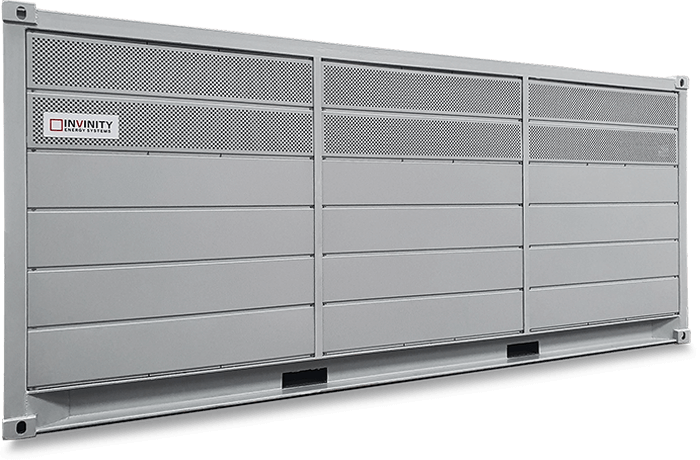The relentless mission to dethrone fossil fuels from their dominant position in the world’s energy mix is an uphill battle, particularly due to our increasing need for powerful energy storage solutions. While lithium-ion batteries have been a staple for their ability to power for hours at a time, the energy storage systems of tomorrow are expected to sustain this output for much longer—up to 24 hours or more. Fortunately, the horizon is brightening with the entry of newer, more enduring technologies, including the promising flow batteries.
The Rise of Flow Batteries in Long Duration Energy Storage
Current lithium-ion batteries offer about four hours of energy, which is sufficient for replacing gas “peaker” plants—those that only run during peak energy demands. However, replacing continuous baseload gas power plants requires much more capacity, and while pumped hydropower is a mature and prevalent solution, it’s constrained by geographical and environmental limitations.
In our quest for more adaptable energy storage technologies, we’ve seen the emergence of systems based on compressed air and thermal storage. But one of the most intriguing candidates for long duration storage is the flow battery, which uniquely harnesses electricity through the interaction of two liquid electrolytes separated by a membrane. These have been recognized for their ability to maintain charge without degrading over time, a trait that is particularly valuable for intermittent energy storage. Recent technological advancements have also resulted in more compact and cost-effective flow battery systems.
Unlocking the Potential of Vanadium Flow Batteries
Vanadium, a readily available and non-toxic metal, has become the element of choice for flow batteries due to its unique capability of existing in multiple oxidation states necessary for the flow process. Manufacturers are exploring vanadium as a viable option, and with the support of initiatives like the US Department of Energy‘s $20 million Energy Storage Grand Challenge, there have been significant advancements in the practical application of vanadium flow batteries.
Companies like UK-based Invinity Energy Systems are at the forefront of integrating flow batteries into the modern grid. Invinity’s vanadium flow batteries are gaining traction, with significant investments enabling large-scale deployment across various sites, highlighting their utility for grid stability and renewable energy integration.
Fostering Innovation in the Energy Cooperative Space
Invinity is set to demonstrate the versatility of flow batteries through U.S. energy cooperatives, tapping into a network of 900 rural electric cooperatives stemming from historical initiatives to empower rural communities. These cooperatives provide a unique environment for trialing new technologies due to their not-for-profit nature and community-driven missions. These projects, alongside partnerships with institutions like PNNL and investment from bodies such as the UK Infrastructure Bank, pave the way for an energy future underpinned by flexible and resilient storage solutions.
The collaboration efforts led by Invinity and its research partners will likely shape the future capabilities of flow batteries, envisioning a grid that can robustly sustain clean energy and ensure energy independence for communities. Moreover, financial backing by government-tied entities and international investors is a testament to the potential of flow battery technology to usher in a new era of energy storage, which is vital for achieving our ambitious climate and economic goals. With continued research, investment, and real-world application, flow batteries may just be the key to unlocking a sustainable and secure energy landscape.
